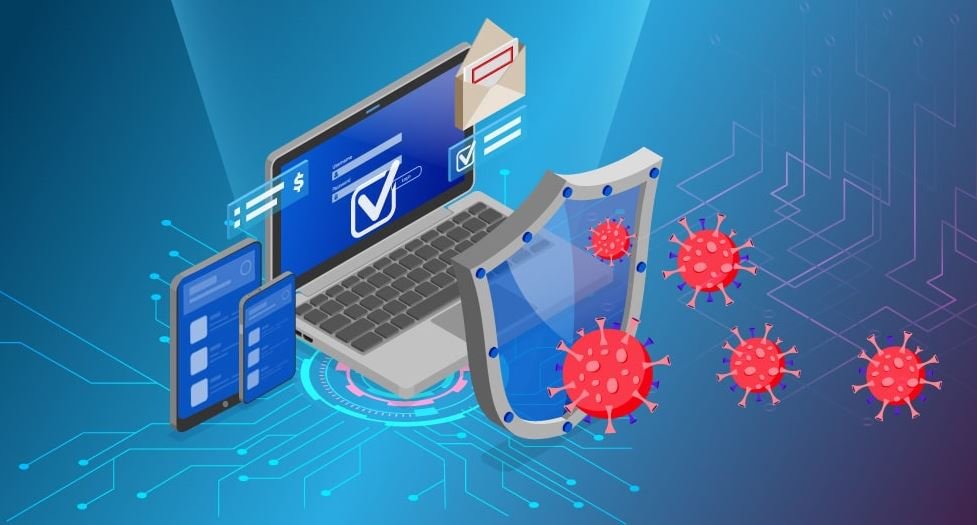Endpoints—individual devices connected to a network—are the first line of defense against myriad digital threats. These endpoints, from laptops and smartphones to servers and IoT devices, are pivotal gateways that demand unwavering protection. This comprehensive guide delves deep into endpoint security, dissecting ten crucial aspects that collectively form an impenetrable barrier against the complex tapestry of cyber risks.
- Endpoint Detection and Response (EDR): Active Threat Mitigation
Endpoint Detection and Response (EDR) solutions monitor and analyze endpoint activity to detect and respond to suspicious behavior. EDR enhances incident response capabilities by providing real-time insights into threats and facilitating prompt mitigation.
- Anti-Malware and Anti-Virus Solutions: Shielding Against Known Threats
Anti-malware and anti-virus solutions are stalwarts in endpoint security. They protect against known malicious software, preventing infections and safeguarding sensitive data.
- Host-Based Firewalls: Controlling Ingress and Egress
Host-based firewalls bolster endpoint defenses by regulating incoming and outgoing network traffic. They act as gatekeepers, permitting only authorized connections and blocking potential threats.
- Device Control and Data Loss Prevention (DLP) for Endpoints: Preventing Data Leakage
Device control and Data Loss Prevention (DLP) tools ensure that sensitive data remains within authorized boundaries. They enforce policies that prohibit unauthorized devices or data transfers, reducing the risk of data breaches.
- Secure Remote Desktop and VPN Access: Safeguarding Remote Connectivity
As remote work gains prominence, securing remote access to endpoints is paramount. Secure Remote Desktop and Virtual Private Network (VPN) solutions establish encrypted tunnels, preserving the confidentiality of data transmitted between remote endpoints and the network.
- Application Whitelisting and Blacklisting: Managing Software Trust
Application whitelisting permits only authorized applications to run on endpoints, reducing the risk of malware execution. Conversely, application blacklisting prevents known malicious software from operating, enhancing endpoint security.
- Patch Management for Endpoints: Navigating the Patchwork of Vulnerabilities
Endpoints often run various software with their vulnerabilities. Patch management ensures that these vulnerabilities are promptly addressed, minimizing the risk of exploitation by malicious actors.
- Secure Device Management and Inventory: Governing Device Ecosystems
A comprehensive inventory of endpoints facilitates better security management. Secure device management solutions enable organizations to track, monitor, and manage endpoints, ensuring they adhere to security policies.
- Endpoint Security for Bring Your Device (BYOD) Environments: Balancing Convenience and Security
BYOD environments introduce unique challenges. Endpoint security measures for BYOD scenarios must establish secure access, enforce security policies, and protect corporate data while respecting users’ device preferences.
- Hardware-based Security Measures for Endpoints: Fortifying at the Core
Hardware-based security measures, such as Trusted Platform Modules (TPMs) and hardware authentication tokens, enhance endpoint security by adding an extra layer of protection at the hardware level, safeguarding against attacks that target software vulnerabilities.
Conclusion
Endpoint security stands at the crossroads of safeguarding digital interactions and preserving data integrity. Organizations can comprehensively fortify their endpoint ecosystem by delving into these ten vital aspects. Each facet contributes to creating a resilient endpoint fortress, from harnessing EDR for active threat detection and utilizing anti-malware solutions to enforcing application control and securing remote access. As cyber threats evolve, endpoint security remains a cornerstone of cyber resilience. Through the integration of advanced technologies, diligent policy enforcement, and continuous education, organizations can effectively thwart threats, ensuring that the digital gateways to their networks remain impervious to the ever-changing tides of cyber risks.




